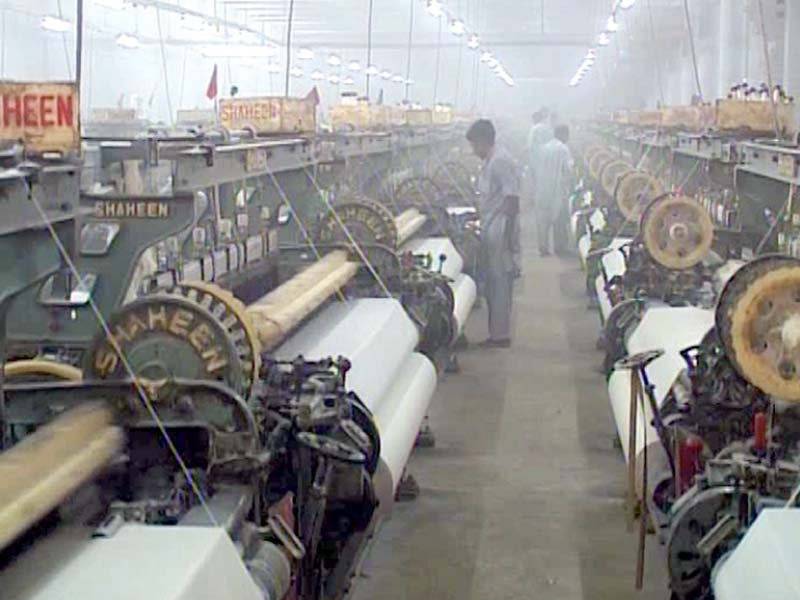In a break with the past, modern shuttleless and Sulzer looms are replacing traditional power looms in Faisalabad, which is considered the textile hub of Pakistan, reports WealthPK.
There are thousands of power looms in different parts of the district; however, the people have started investing in the modern machinery, which has increased production and reduced the cost incurred on wastage, labour and power consumption.
Owing to the influx of modern looms, not only consumption but yarn prices are also increasing, making things difficult for the owners operating the small looms.
“Shortage of yarn has increased the prices, creating a plethora of problems for the traders and power loom owners,” Zahid Munna, a yarn broker, told WealthPK.
He said modern machines were capable of weaving thousands of metres of fabric as compared to power looms.
“The people involved in speculative buying of yarn are creating fake shortages only to increase the rates. It is the need of the hour that the government bridle the current trend of speculative trade of yarn because the yarn sector is already facing shortages,” Munna said.
Faisalabad has emerged as a major hub of textile business due to its power loom sector and yarn market. Billions of rupees worth of business is going on; however, the trade still lacks modern methods of business.
People from different cities, where the textile business exists, come to this market to purchase different varieties of yarn including cotton, polyester cotton, and viscos.
Atif Ali, a yarn trader, told WealthPK that more than 50 percent of spinning mills were not running at their full capacity due to the surging prices of electricity and labour wages. However, some negative elements involved in speculative buying were adding fuel to the fire by pushing up the yarn rates.
He said such people only issued yarn purchase receipts after receiving payments rather than ensuring yarn delivery. Owing to such practices, the newcomers are losing their hard-earned money in the market, he added.
“We are still in a position to steer the textile sector out of the current situation. For this purpose, we have to purge the market of negative elements,” he said.
Shafaqat Ali, who has installed power looms in Nisar Colony, said no doubt production from Sulzer and shuttleless looms was excellent but the majority of traditional loom factory owners were not in a position to purchase them.
"Like me, scores of power loom owners know how to weave the fabric and run a factory and they are in a position to provide jobs to thousands of workers. However, for this purpose, the government must extend them a helping hand," Ali said.
He said power looms consumed more power than modern machinery and the government must launch a scheme to replace these decades-old power looms.
Munna said because of high production of modern machinery, they were able to meet their demand for yarn. He said the fabric manufactured by modern machinery was of superb quality compared with the fabric manufactured by power looms using poor-quality thread.
“Owing to the high quality of yarn, I am earning a handsome profit like others,” Munna said, adding that the volume of business was still low compared to the past years.
Sohail Ahmed, a grey-cloth trader, admitted that the quality of fabric weaved on modern machinery was of fine quality and he had earned handsome profits by selling the leftover fabric to exporters.






